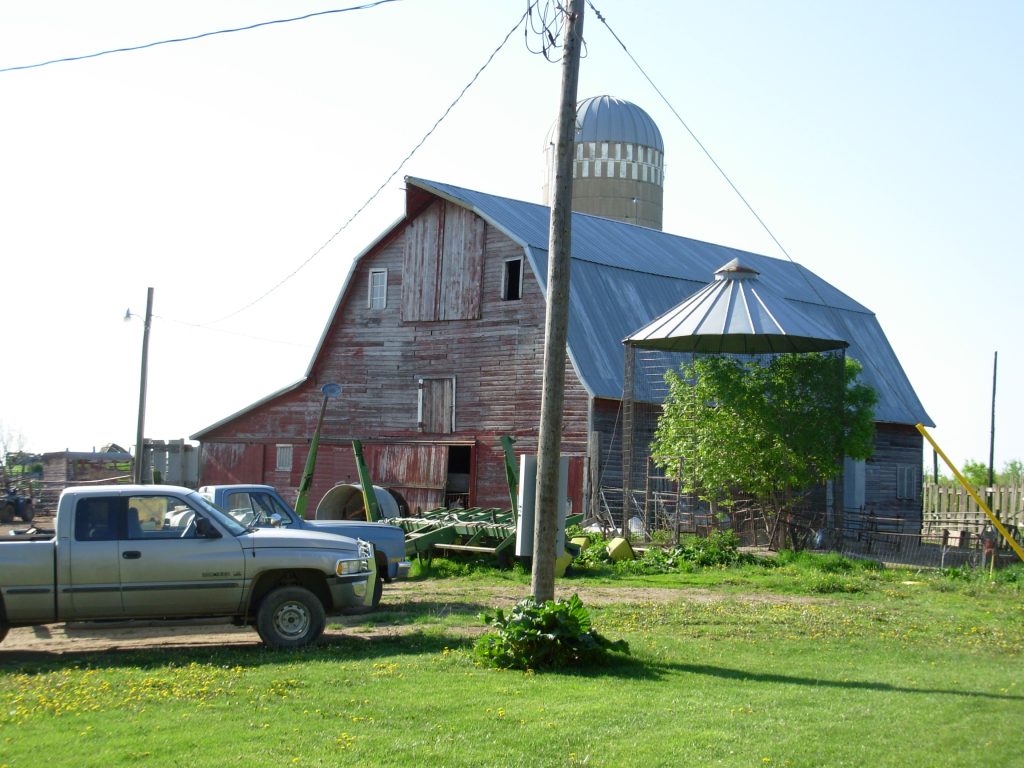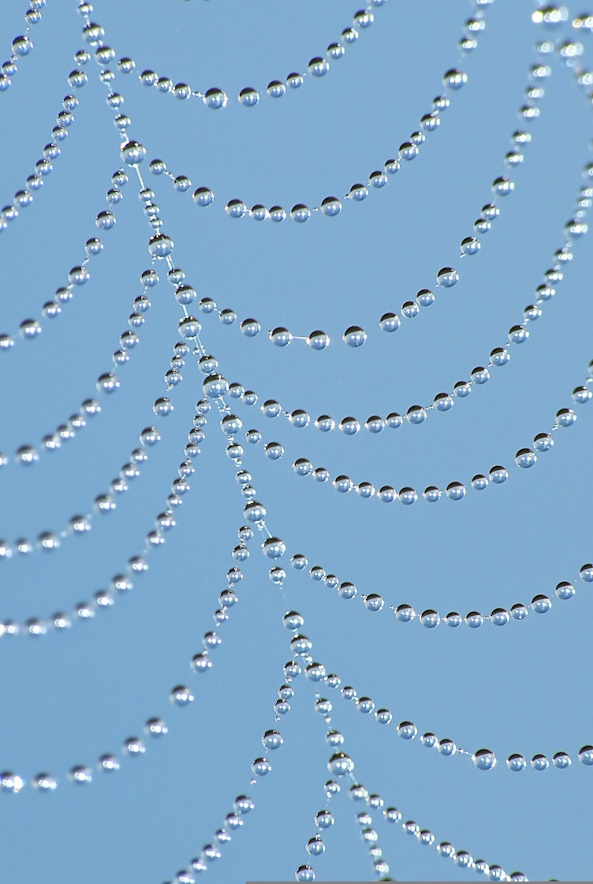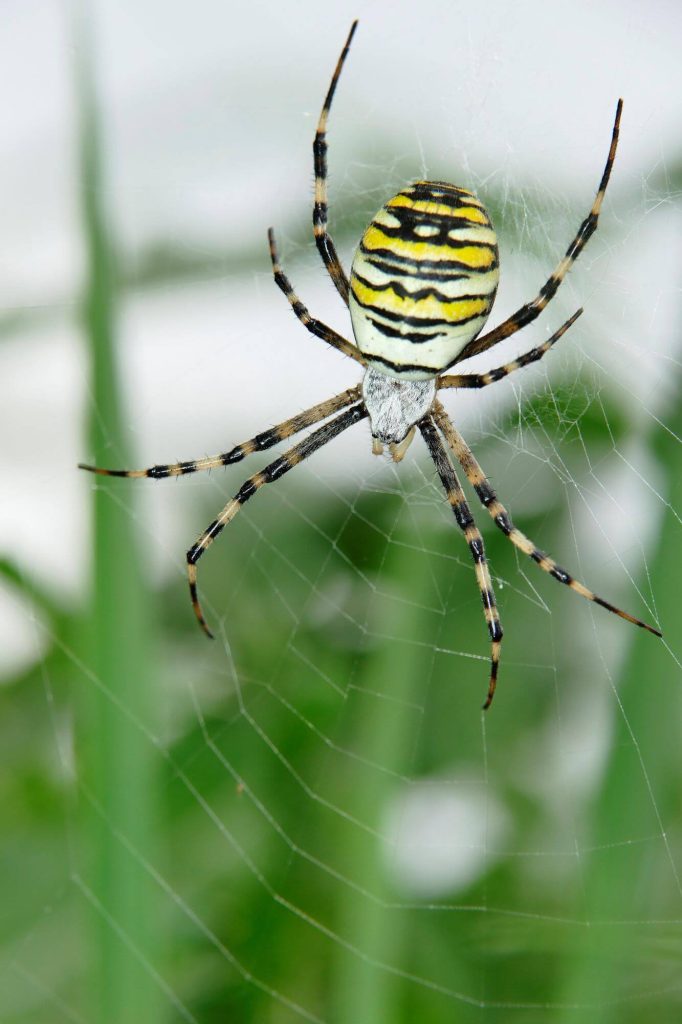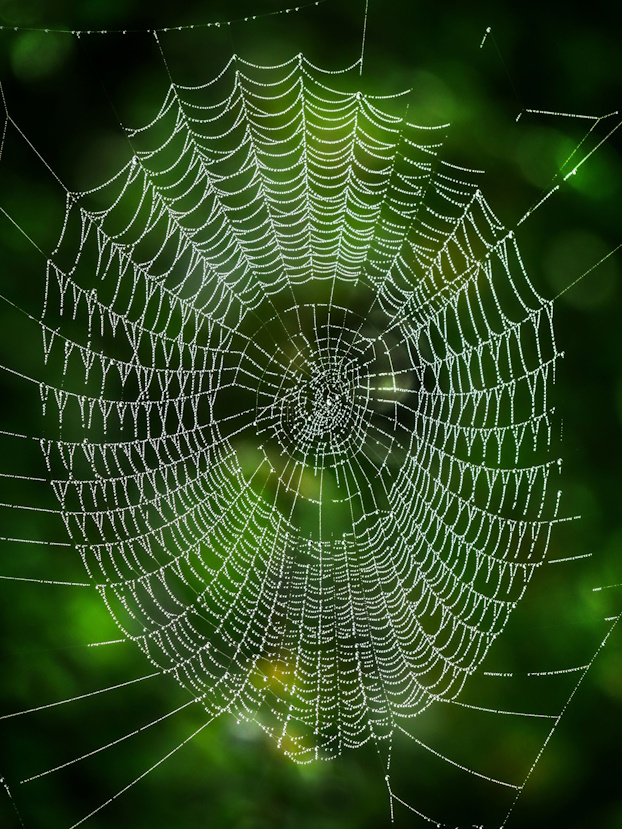There’s something meditative about doing animal chores on a homestead. The repetitive nature of squirting milk into the pail gives me space for creative contemplation, and lately, my thoughts have been spinning like a web around one of farming’s most controversial residents: spiders.
As I make my morning rounds through the barn, ducking under inevitable cobwebs that seem to materialize overnight, I find myself pondering the age-old question that many homesteaders face: Should we coexist with these eight-legged architects, or are we better off showing them the door?

The Web We Weave
This year’s spider population seems particularly industrious. Their silken constructions appear stronger and more numerous than ever, creating invisible obstacles that catch the unsuspecting traveler off guard. My husband’s particular grievance—one shared by many—is the unexpected face-full of web while traversing from the house to the shop. It’s a peculiar sensation that can quickly disrupt a peaceful morning.
Interestingly, spider silk is one of nature’s most remarkable materials. Scientists have discovered that, pound for pound, spider silk is stronger than steel and more elastic than rubber. A single strand of spider silk can stretch up to 30% of its length without breaking. Some spiders produce color-changing silk based on their diet, puzzling scientists.
Childhood Influences and Modern Reality
My relationship with spiders was partly shaped by Margaret Bloy Graham’s children’s book “Be Nice to Spiders,” a story that taught young readers about the beneficial role these arachnids play in our ecosystem. The book’s message of spider appreciation has stayed with me, often triggering a twinge of guilt when I destroy a web that’s in my path.
However, the reality of living with spiders isn’t always as simple as childhood stories suggest. This year, our local community received a stark reminder of the potential dangers these creatures can pose. Our pastor’s encounter with a brown recluse spider resulted in an experience he humorously (though perhaps not entirely accurately) compared to childbirth. The flesh on his leg actually died from the poison and had to be cut off. He was in tremendous pain for weeks. A garden spider then bit his wife, leaving her ill for several days.
The Scientific Perspective
Before making judgments about our eight-legged neighbors, it’s worth considering some fascinating facts about these misunderstood creatures:
- Scientists have identified approximately 45,000 spider species worldwide.
- Most spiders can produce up to seven different types of silk
- A single spider can eat up to 2,000 insects in one year
- Some spiders can live up to 25 years in captivity
- Spiders rarely bite humans unless threatened or accidentally pressed against skin
- Only about 12 of the 3,000 spider species in North America can harm humans
- Some spiders can balloon through the air on strands of silk, traveling hundreds of miles
- Certain species of jumping spiders can see in color and have better vision than cats
Cultural Significance and Folklore
Throughout history, spiders have played significant roles in human culture and mythology. Native American traditions often portray the spider as a creator figure or wisdom keeper. The most famous example is Spider Woman, who appears in many Southwest tribal stories as a powerful deity who taught humans how to weave.
In European folklore, spiders have been considered both lucky and unlucky. Scottish folklore suggests that seeing a spider in the morning brings good luck, while Welsh traditions claim that if you see a spider spinning its web, you’ll soon receive money. Medieval European farmers would often look to spiders as weather predictors; if spiders were especially active, it was thought to indicate approaching rain.
Japanese culture celebrates the Jorō spider (Trichonephila clavata) as a symbol of patience and persistence. These golden orb-weavers are considered beneficial and are often welcomed in gardens. Their presence has recently been documented in the southeastern United States, adding another fascinating species to North American homesteads.

The Pest Control Debate
One of the primary arguments for tolerating spiders is their role in natural pest control. However, my observations this year have raised some questions about their effectiveness. Despite the abundance of webs throughout our barn, the fly population seemed largely undeterred. The fly strips we hung told a different story, quickly becoming black with caught insects while the spiders’ webs remained surprisingly empty.
This observation doesn’t necessarily discount spiders’ role in pest management—perhaps their presence alone deters some insects, or maybe they’re more active during hours when we’re not watching. Recent research has shown that spiders consume approximately 400-800 million tons of prey annually worldwide, making them one of the world’s most effective natural pest controllers.
Seasonal Patterns and Behavior
Understanding spider behavior throughout the seasons can help homesteaders better manage their presence. In temperate climates, spider activity typically peaks in late summer and early fall, which explains the sudden abundance of webs during harvest time. This increased activity coincides with mating season, as males become more mobile in search of mates.
During winter, most species either die off or enter a state of dormancy. However, some house spiders can remain active year-round if they find warm enough spaces—like our barns and homes. Knowing these patterns can help us anticipate and plan for spider activity around the homestead.
Location, Location, Location
The challenge with spiders on a homestead isn’t just about their presence—it’s about their choice of real estate. Garden spiders have taken up residence on our cow hydrant, hay trailer, and pasture fences. While these locations might be prime spots for catching prey, they’re also areas where human activity is frequent and necessary.
This year’s spider architects seem particularly determined to build in places where their webs are destined for destruction. It’s as if they haven’t received the memo about our daily equipment use and farming operations. This raises an interesting question about the balance between respecting wildlife and maintaining practical farming operations.

Natural Management Strategies
For those looking to manage spider populations without harmful chemicals, several natural approaches exist:
- Essential oils like peppermint, citrus, or eucalyptus can deter spiders
- Regular cleaning and web removal encourages spiders to relocate
- Sealing entry points around buildings reduces indoor spider populations
- Strategic lighting choices can reduce insect populations that attract spiders
- Maintaining a tidy storage area eliminates potential hiding spots
Different Spiders, Different Reactions
Not all spiders elicit the same response. The large, brown egg sacs tend to provoke more concern, while garden spiders, with their impressive webs and distinctive markings, often receive more tolerance. This selective acceptance might seem arbitrary, but it reflects a natural human tendency to be more accepting of creatures we find aesthetically pleasing or less threatening.
Common garden spiders (Argiope aurantia) can actually be beneficial in vegetable gardens, helping to control pest populations that might damage crops. Their large, visible webs also mean you’re less likely to accidentally walk into them—a courtesy not extended by many of their smaller cousins.

Economic Impact on Agriculture
The relationship between spiders and agriculture extends beyond simple pest control. Studies suggest that spider populations in agricultural settings can reduce the need for chemical pesticides, potentially saving farmers money while promoting more sustainable practices. However, this benefit must be weighed against the practical challenges of maintaining equipment and accessing structures when spiders are abundant.
A Practical Approach
As homesteaders, we often find ourselves making decisions that balance natural processes with practical needs. The spider question exemplifies this challenge. While these creatures have their place in the ecosystem and can provide benefits, their presence needs to be managed in a way that doesn’t interfere with daily operations.
Indoor spiders generally receive less tolerance, as most people prefer to maintain some boundaries between wildlife and living spaces. The barn and outbuildings represent a grey area—spaces where some spider presence might be acceptable, but excessive webbing can interfere with work and equipment access.
Looking Forward
As we continue to work our land and tend to our animals, the spider debate remains unresolved. Perhaps that’s as it should be. Nature rarely deals in absolutes, and the most sustainable solutions often involve finding a middle ground.
What’s clear is that these creatures have survived and thrived for thousands of years, adapting to countless changes in their environment. As we continue to shape our homesteads and farms, we’ll need to keep considering how to balance our activities with the natural world around us—spiders and all.




